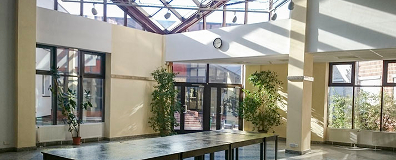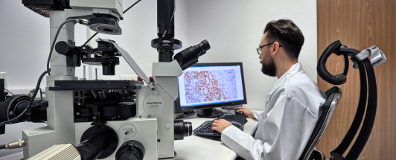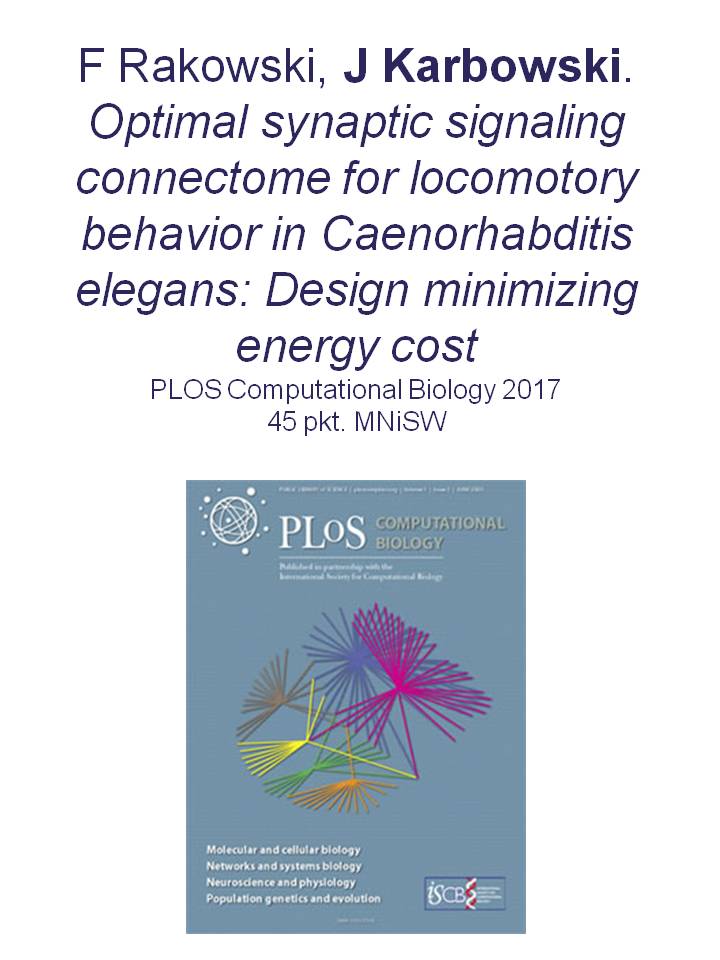2012/05/B/NZ5/01343_EN
2012/05/B/NZ5/01343
The project is realized by the scientific consortium consisting of the Department of Internal Medicine, Pneumonology and Allergology, Warsaw Medical University and Institute of Biocybernetics and Biomedical Engineering, PAS
Project Leader:..................Prof. MD Rafał Krenke - Medical University of Warsaw
IBBE PAS Coordinator:....Assoc. Prof. Eng. Tomasz Gólczewski
IBBE PAS Investigators:.....PhD, Eng. Marcin Michnikowski
............................................MSc, Eng. Krzysztof J Pałko
............................................PhD, Eng. Krzysztof Zieliński
............................................MSc, Eng. Anna Stecka
Analysis of cardio-respiratory responses to pleural pressure (PP) changes in patients undergoing therapeutic thoracentesis is the project subject. Pleural effusion is a common condition, with the annual incidence of more than 1.380.000 cases in the United State, for example. Because a number of various diseases - including heart, liver, lungs, and pleura diseases - may be the cause of pleural effusion, the results of the project should be important for the relatively large group of patients as well as clinicians of different specialties.
PP in the pleural cavity between the chest wall and lungs is negative (i.e. it is below the atmospheric pressure) in healthy subjects; its value is a result of the balance between tendencies of the chest wall to expand and lungs to collapse. If there are both the effusion and lungs in the chest cavity, then: (a) a small amount of space remains for lungs in the chest, (b) the hydrostatic pressure of the pleural fluid column increases PP above the atmospheric pressure in the lower part of the chest, and in consequence (c) lower parts of a lung are collapsed. When the pleural fluid is withdrawn, PP decreases, the possible amount of space for lungs increases, and thus lungs could expand. Unfortunately, recruitment of the collapsed lung parts needs time, and therefore either opened lung parts have to be expanded too much during thoracentesis or the thoracic cavity decreases too much or both, and in consequence PP may fall significantly below physiological norms.
Because the lung and chest compliances are nonlinear, too big volume of the opened lung parts and too small chest volume cause stiffening of the lungs and chest; thus, breathing, i.e. proper lungs ventilation, may be more hard. Although collapsed lung parts are not ventilated, low PP increases perfusion of those parts augmenting the shunt, which impairs gas exchange. Too low PP may cause pulmonary edema. Additionally, since PP is the external pressure for the heart and intrathoracic vessels, too low PP affects cardiac function. Intensity of the mentioned phenomena depends on several factors such as the time of collapsed parts recruitment, the rate of fluid removal, mechanical properties of the respiratory system and mediastinum. Analysis of all the above problems are the subject of the project (note that the use of our virtual patient in physiological interpretation is performed in the frame of activity of the Laboratory for Diagnostics and Therapy of Cardiovascular-Respiratory System.
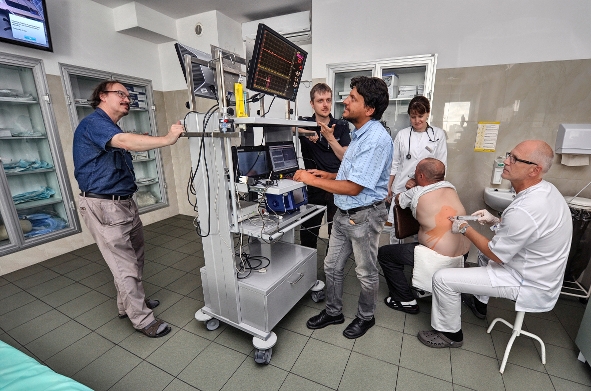
Fig.1. Some members of the both teams and a measurement system, created by the IBBE team, composed from commercial equipments and those of own construction.
Although significant progress has been made in the measurement of lung function and gas exchange parameters in different clinical conditions, our knowledge on cardio-respiratory response in relation to PP decrease during therapeutic thoracentesis has not changed significantly throughout the last decades. This is partly because the measurement of PP in the clinical setting has been relatively difficult. For that reason, our team from IBBE PAS has designed and built a digital manometer for instantaneous PP measurement which can be used routinely during thoracentesis; it does not disturb the procedure in any way. A continuous measurement of instantaneous PP, withdrawn pleural fluid volume, blood saturations, cardiac work parameters, and ventilatory pattern (Fig.2) enable to determine various variables related to the phenomena in the respiratory and cardiovascular systems that appear during theoracentesis.
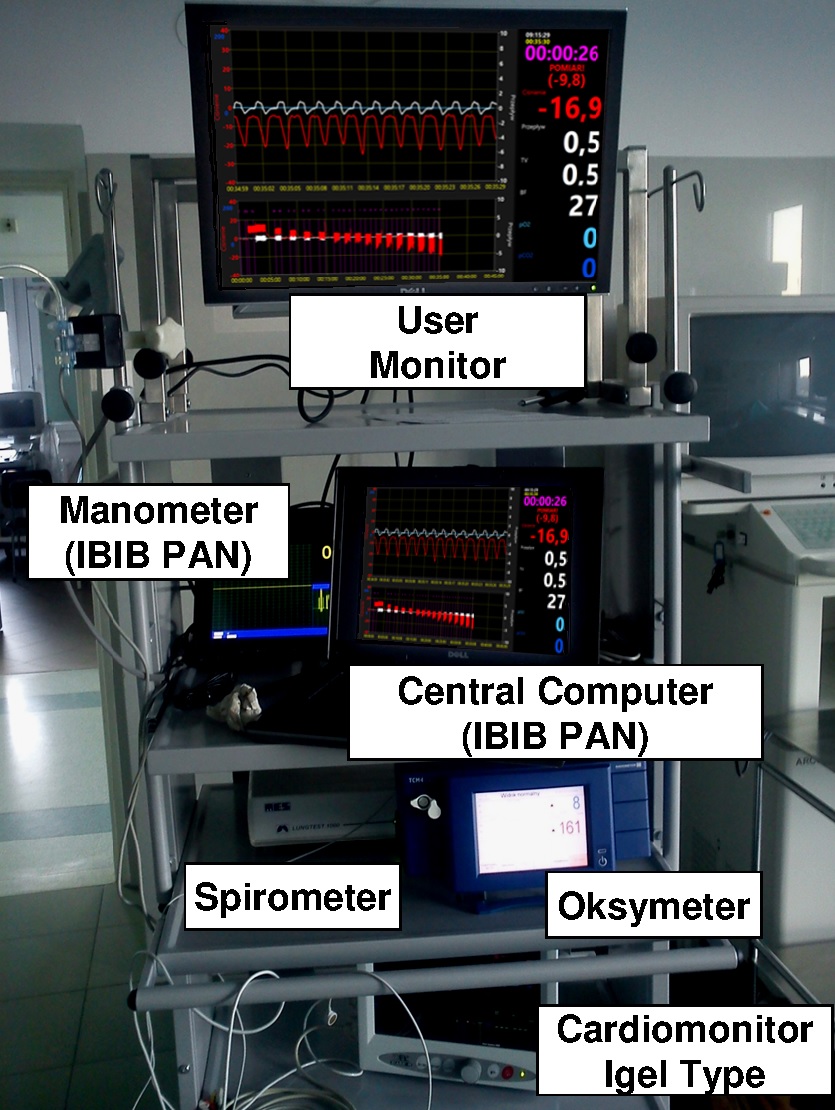
Fig.2. Aggregated medical equipments (including the manometer built by us) used in the project for measurement of physiological data during theoracentesis; the central computer collects and synchronizes data from all equipments by means of our programs.
Pleural manometry will probably play an important role in the future in assessing the possibility of expansion lungs of patients eligible for pleurodesis. On the other hand, the research results for the assessment of cardiac function and release of natriuretic peptides as a result of extreme changes in PP can be a starting point for further hypotheses and research. Perhaps they also help to explain some of mechanisms of developing complications caused by therapeutic thoracentesis.
MENU
- News
- About the Institute
- Mission & Authorities
- HR Excellence
- Doctoral Schools
- Doctoral Studies
- Academic degrees
- Scientific activity
- Institute offers
- ICB
- Publishing
- Library
- Conference Centre
- Useful Links
- Public procurement
- Employees
- Gallery
- For Media
- Contact
- Privacy policy
Nałęcz Institute of Biocybernetics and Biomedical Engineering PAS, Ks. Trojdena 4 st., 02-109 Warsaw, POLAND
E-mail:This email address is being protected from spambots. You need JavaScript enabled to view it.; Phone: (+48) 22 592 59 00;
Copyright(c) 2016 IBBE PAS
All rights reserved
In order to provide you with the best online experience this website uses cookies. Delete cookies
In order to provide you with the best online experience this website uses cookies.
By using our website, you agree to our use of cookies. Learn more
Useful Links
Privacy policy
Ministry of Science and Higher Education
Polish Science Database (Nauka Polska)
Department of Patents - website in Polish
Sholarship granting institutions
The National Centre for Research and Development
The Polish National Agency for Academic Exchange
European Union Funding
Publication databases
ISI Web of Knowledge Journal Citation Report
BazTech - website in Polish
ICM - Virtual Library of Science - website in Polish
Other
Datasets

